Navigating SMT Assembly Quotes: A Comprehensive Guide
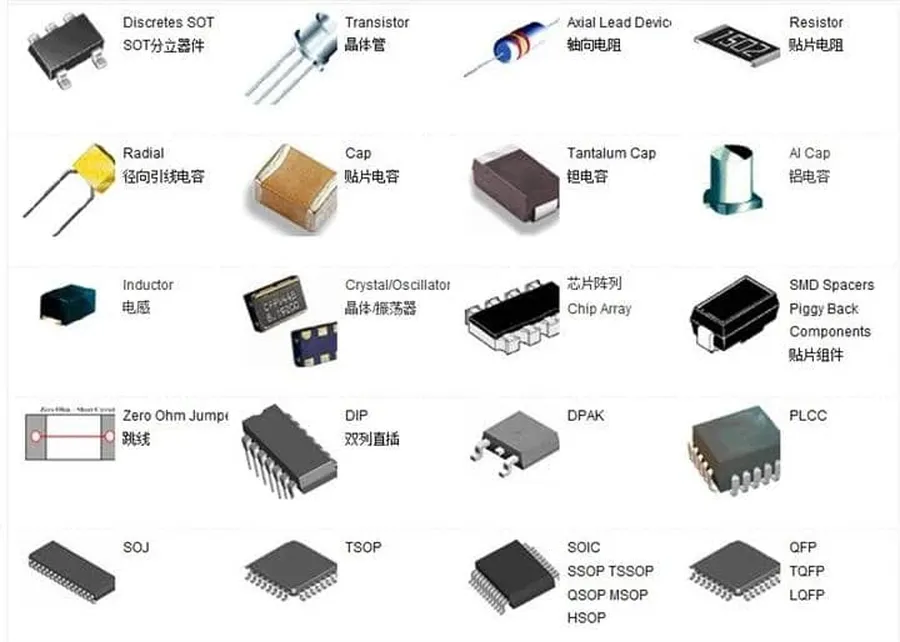
Just like assembling a complex puzzle, creating electronic products requires precision and cost awareness. SMT (Surface Mount Technology) assembly is a critical step, and understanding the 'smt assembly quote' is crucial for project success. This guide will break down the factors affecting your quote, helping you navigate the process with confidence, drawing connections between the intricacies of technology and the everyday world of product creation.
Understanding the Basics of SMT Assembly Quotes

An SMT (Surface Mount Technology) assembly quote is a detailed cost estimate for the process of placing electronic components onto a printed circuit board (PCB) using automated machinery. It encompasses not just the physical act of assembly, but also the necessary pre-assembly steps like PCB fabrication, component sourcing, and preparation for the assembly process. Understanding the intricacies of an SMT assembly quote is crucial for accurate budgeting and project planning. A well-structured quote provides transparency into each stage of the process, allowing for informed decisions and cost-effective outcomes.
- PCB Fabrication Cost
This includes the cost of manufacturing the bare PCB, which depends on factors such as material, layer count, size, and complexity. - Component Procurement Cost
The cost of purchasing all the required electronic components, which is impacted by availability, quantity, and the specific type of components selected. - SMT Assembly Cost
The cost of actually placing components onto the PCB, including setup fees, programming, machine time, and testing. - Other potential costs
This may include tooling costs, shipping fees, and any other relevant costs of assembly such as special testing.
Key Factors Influencing SMT Assembly Costs
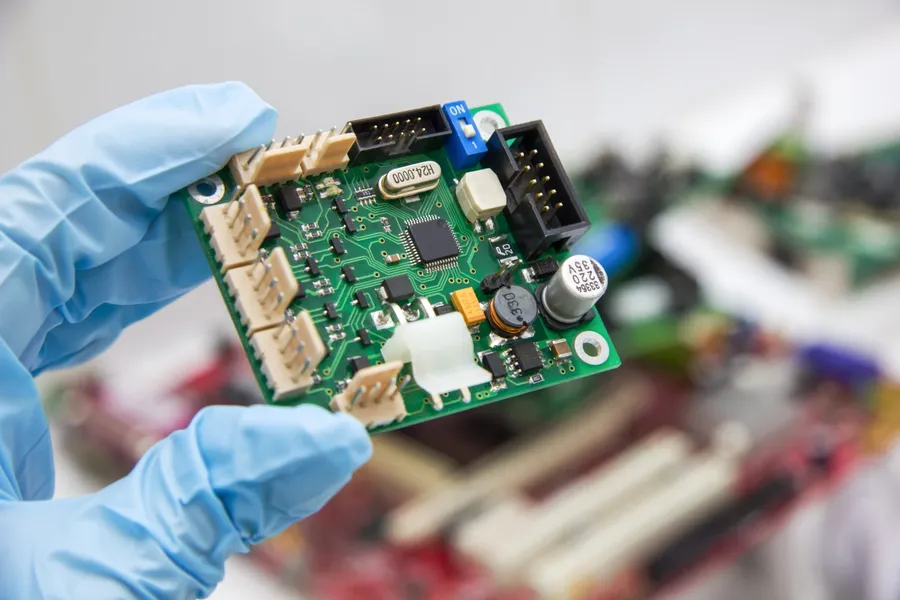
Several interconnected factors determine the final cost of SMT (Surface Mount Technology) assembly. Understanding these variables is crucial for optimizing expenses and making informed decisions when requesting quotes. These factors range from the complexity of the PCB design to the volume of the production run, each having a significant impact on the overall cost.
| Factor | Description | Impact on Cost |
|---|---|---|
| PCB Specifications | Number of layers, board size, material type, and thickness | More layers, larger size, specialized materials increase cost |
| Component Types | Variety of components (passives, ICs, connectors), their availability, and packaging | Unique, hard-to-source, or custom components increase cost, especially if they require manual placement; fine-pitch components also increase costs |
| Assembly Complexity | Density of components on the board, use of fine-pitch components, double-sided placement | Higher density and complex layouts require more precise and time-consuming assembly, leading to increased cost |
| Batch Size | Number of boards being assembled in one production run | Larger batch sizes typically reduce the per-unit cost due to economies of scale, while smaller prototypes or low-volume runs result in higher per-unit costs. |
| Stencil Requirements | Materials used, thickness, and precision required | High-precision stencils or specialized materials increase costs |
| Testing Requirements | Functional, In-Circuit, or other specialized test procedures | More comprehensive testing procedures or test fixture development increase the cost of SMT assembly. |
| Lead Time | The time required to complete the assembly process | Fast turnaround or rush orders often incur additional charges, impacting the final assembly cost significantly. |
| Surface Finish | Type of surface finish applied to the PCB, such as HASL, ENIG, or Immersion Silver. | More advanced finishes tend to increase costs |
| Special Requirements | Specific considerations such as conformal coating, custom packaging, X-ray inspection, or specific part placement methods | Any special consideration beyond standard manufacturing will increase cost. |
Detailed Bill of Materials (BOM) and Its Importance
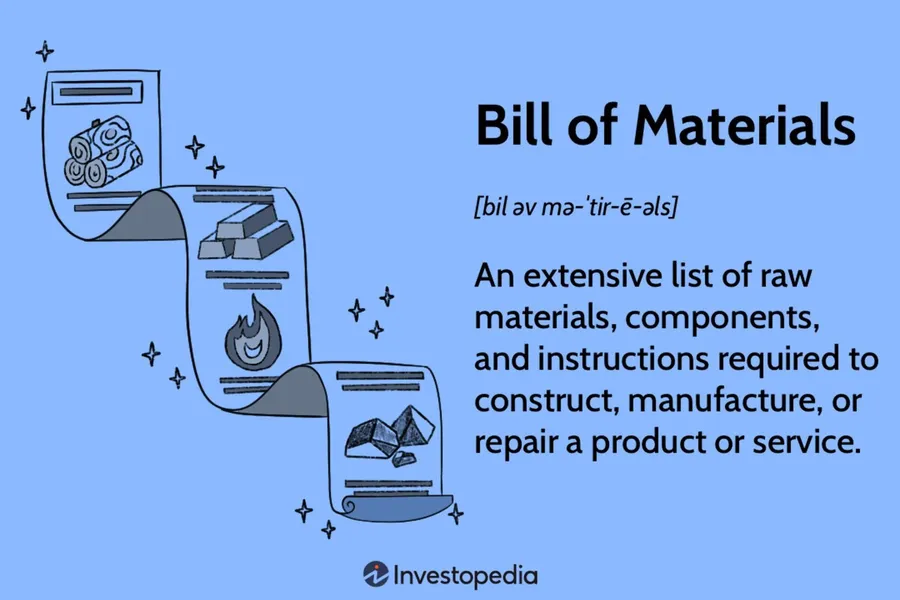
A detailed and accurate Bill of Materials (BOM) is paramount for obtaining a reliable and cost-effective SMT assembly quote. It serves as a comprehensive list of all components needed for the assembly, including their specifications, quantities, and manufacturer part numbers. Errors or omissions in the BOM can lead to significant delays, increased costs, and potentially unusable final products. Therefore, a meticulous approach to BOM creation is essential for successful SMT assembly.
A well-structured BOM directly impacts several aspects of the SMT assembly process:
- Accurate Quoting
A detailed BOM ensures that the SMT assembly service provider can accurately quote for the project. Without precise component information, suppliers may provide inflated estimates, or worse, incorrect component substitutions leading to performance problems. A robust BOM allows for precise cost estimations based on component market prices. - Component Procurement
The BOM is the primary document used for purchasing components. If critical information like manufacturer part numbers and specifications are missing, the purchasing team may face delays, acquire incorrect parts, or be forced to make costly part substitutions. A clear BOM will avoid potential bottlenecks. - Assembly Efficiency
During the SMT assembly process, a BOM with clearly defined part numbers and reference designators ensures that components are correctly placed on the PCB. This reduces errors and speeds up the assembly, improving efficiency and reducing associated costs from rework or rejects. - Supply Chain Management
An accurate BOM helps with better inventory management and reduces the risk of component shortages. With detailed information, you can plan lead times more accurately and avoid expensive expedited shipping when parts are needed urgently. This proactive approach is crucial for meeting production deadlines.
Best practices for creating a BOM include:
- Include Manufacturer Part Numbers (MPNs)
Always use MPNs, to reduce ambiguity. This ensures that the correct components are ordered, even if sourced from multiple distributors. - Specify Component Quantities
Accurately stating the quantities of each component needed is vital for quoting and procurement. - Add Reference Designators
Reference designators are essential to map the components on the PCB. These designators should match those in the PCB layout and Gerber files, ensuring accurate placement. - Provide Detailed Specifications
Include component specifications like voltage rating, tolerance, capacitance value, resistance value, and package type, avoiding the risk of wrong components being ordered. - Include Component Descriptions
Adding descriptions to the components will ensure clear understanding of their functionality, which helps in addressing potential substitutions. - Specify Alternative Parts
If possible, provide alternative parts as backup options to prevent delays from component unavailability. This increases the adaptability of the supply chain to respond to component shortages and supply chain disruptions. - Review and Verify
Double-check every entry in the BOM to ensure accuracy before submission. Even a small error can result in significant problems. Always verify your BOM with your design data.
By adhering to these guidelines, the BOM will contribute significantly to getting an accurate, cost-effective, and reliable SMT assembly quote, and a smooth and efficient SMT production run.
Gerber Files: The Blueprint for SMT Assembly
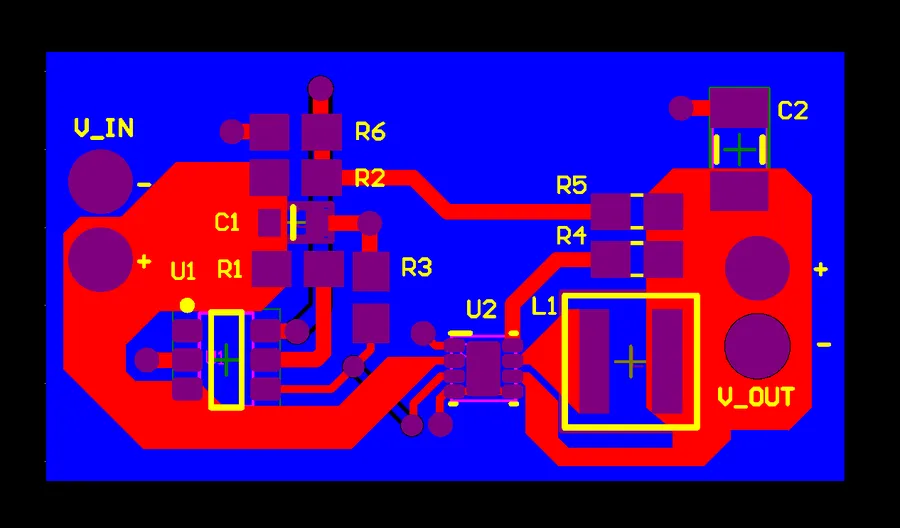
Gerber files are the essential digital blueprints for manufacturing printed circuit boards (PCBs), and consequently, are critical for accurate SMT (Surface Mount Technology) assembly quotes. These files precisely define the layers of your PCB, including copper traces, pads, vias, solder mask, and silkscreen, enabling manufacturers to understand your design requirements and provide accurate assembly cost estimates. In essence, Gerber files dictate how the bare PCB is fabricated and how components should be placed and soldered, directly impacting both the cost and the feasibility of assembly.
- Importance of Gerber Files for SMT Assembly Quotes
Accurate Gerber files ensure that the manufacturer can correctly interpret the PCB design. This leads to precise cost estimations for PCB fabrication, component placement, and soldering. Inaccurate or missing Gerber files will inevitably cause delays and potentially increase the final cost as manufacturers must make assumptions or request clarifications that increase the lead time. - Types of Gerber Files and Their Functions
Each Gerber file defines a specific layer or aspect of the PCB. Key file types include: * **Copper Layer Files (.GTL, .GBL, .G1, .G2 etc.):** Define the conductive layers where copper traces and pads reside, with .GTL typically representing the top layer and .GBL the bottom layer (or a number indicating the layer). * **Solder Mask Files (.GTS, .GBS):** Specify the areas where solder mask should be applied, protecting traces and preventing solder bridges. * **Silkscreen Files (.GTO, .GBO):** Indicate the locations of component designators, logos, or other markings that will be printed on the PCB surface. * **Drill Files (.DRL):** Contain the coordinates and sizes of all holes, including vias and component mounting holes. * **Board Outline File (.GKO):** Defines the physical dimensions and shape of the PCB. - Best Practices for Gerber File Generation
To ensure accurate SMT assembly quotes and manufacturing, it is important to: * **Use the correct file extensions** to ensure the correct file is recognised by the CAM (computer aided manufacturing) software * **Generate all necessary files** from your design software (e.g., Eagle, Altium, KiCad). * **Double-check files** with a Gerber viewer before submission to identify inconsistencies and potential errors. * **Include a README file** with instructions for interpreting the files and any special considerations. * **Use the same measurement units** (e.g. millimeters or inches) for all files to ensure consistency.
Types of SMT Assembly Services and Associated Costs
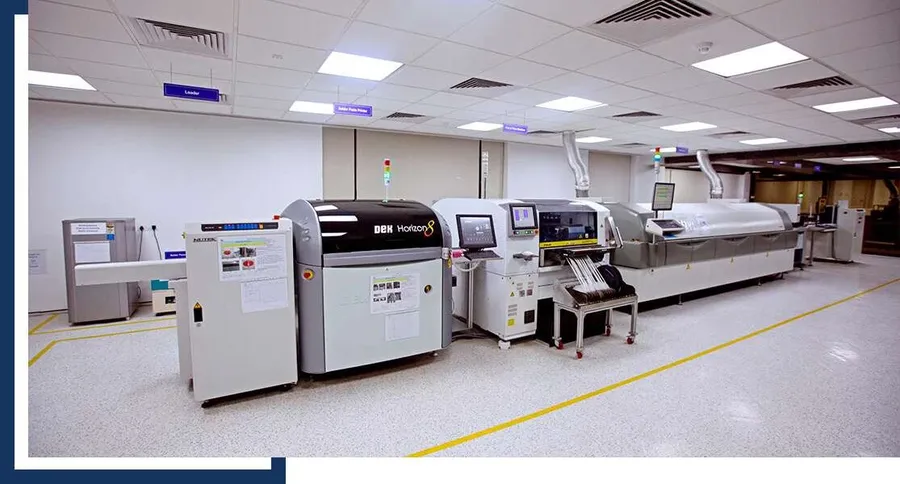
Surface Mount Technology (SMT) assembly services are not monolithic; they are tailored to meet varying production needs, influencing both the process and the associated costs. Understanding the distinctions between prototype, low-volume, and high-volume SMT assembly is crucial for effective budgeting and project planning. Each service type employs different strategies regarding setup, materials management, and automation levels, thereby directly impacting the final quote.
| Service Type | Production Volume | Cost per Unit | Typical Application | Turnaround Time |
|---|---|---|---|---|
| Prototype Assembly | Very low (1-10 units) | Highest per unit cost | Initial design validation and testing | Fastest, often within days |
| Low-Volume Assembly | Low to Medium (10-1000 units) | Medium to High cost per unit | Small batch production, pilot runs, and specialized products | Medium, typically weeks |
| High-Volume Assembly | High (1000+ units) | Lowest per unit cost | Mass production of established designs | Longer, weeks to months |
- Prototype SMT Assembly
Characterized by its focus on initial design verification and functional testing. This stage typically involves manual assembly or low-automation processes. While unit costs are higher, the advantage lies in rapid turnaround times, allowing quick iterations and design refinements before scaling up. - Low-Volume SMT Assembly
Suited for small to medium-sized production runs, ideal for pilot programs, specialized products, or when demand is uncertain. It involves a semi-automated assembly process with a mix of manual and automated steps. Cost per unit decreases relative to prototyping, and lead times are moderate. - High-Volume SMT Assembly
Geared toward mass production of well-established designs, which capitalizes on fully automated assembly lines. Significant cost savings per unit are achieved through economies of scale. Turnaround times are longer due to production scheduling and larger batch sizes. This stage involves stringent quality control and high repeatability.
SMT Assembly Quote Comparison: What to Look For
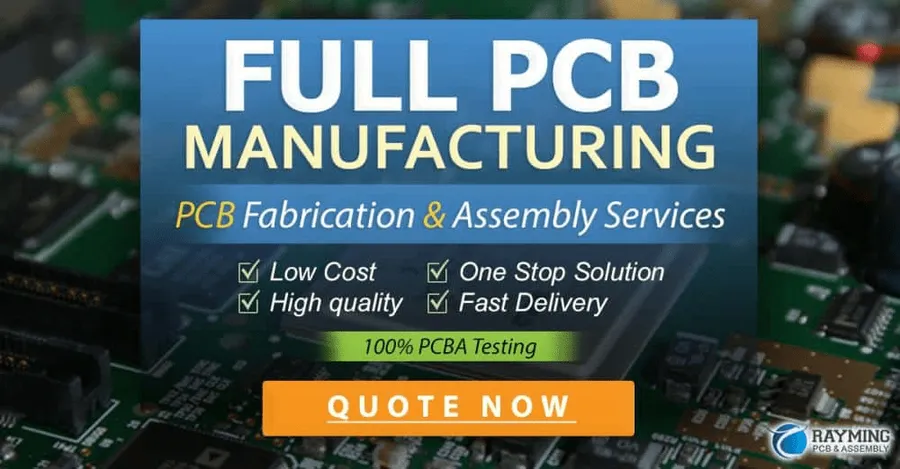
Comparing SMT assembly quotes effectively requires a strategic approach, moving beyond just the bottom-line price. It's essential to scrutinize quotes for hidden costs, evaluate quoted lead times against project deadlines, and assess the quality standards offered by each manufacturer to make a well-informed decision.
A comprehensive comparison involves carefully examining several key areas.
- Hidden Costs
Beyond the initial quote, investigate potential extra charges for tooling, setup, testing, or expedited services. Clarify whether the quote includes all necessary components or if these are separate costs. Be aware of minimum order quantities and any associated fees that might impact overall cost. - Lead Times
Evaluate the quoted lead time against your project deadlines. Inquire about the manufacturer's capacity to handle your order volume and ensure that they can meet required timelines. Note that lead times can vary depending on the complexity of the design, component availability, and production backlog. - Quality Standards
Verify that manufacturers adhere to industry quality standards such as IPC-A-610. Confirm what measures are in place to verify assembly quality, such as Automated Optical Inspection (AOI) or X-ray inspection, and inquire about failure analysis protocols. Request sample boards or references to assess their quality standards firsthand. - Component Sourcing
Determine how the manufacturer sources components. Some will procure components directly, while others will allow you to supply them. Understand how they handle component availability issues and counterfeit prevention. A well-established supply chain is critical for reliable assembly. - Manufacturing Capabilities
Assess the manufacturer's capabilities concerning the complexity of your board and the required assembly specifications. Ensure they have the equipment and expertise to handle components, package types, and any special requirements of your board. This includes their handling of fine pitch components or specialized assembly processes. - Testing and Support
Clarify the testing procedures included in the quote, and the level of support offered for any production issues. Ask about their processes for addressing defects. Understand their engineering and support capabilities, and the kind of communication you should expect. Confirm their willingness to support you throughout the entire production process.
Frequently Asked Questions about SMT Assembly Cost
Understanding the cost drivers in SMT assembly is crucial for effective budgeting and project planning. This section addresses common queries regarding the financial aspects of SMT manufacturing, providing clarity on cost calculations and expenditure factors.
- How much does an SMT line cost?
The cost of an SMT (Surface Mount Technology) line can vary significantly based on factors like production volume, automation level, and equipment quality. A basic line for prototyping might range from $50,000 to $150,000, while high-volume production lines can easily exceed $1 million. These costs include equipment for solder paste application, component placement, reflow soldering, and inspection. Additionally, consider the ongoing maintenance, personnel, and facility costs. - What are the main drivers of SMT assembly cost?
Several factors influence the overall cost of SMT assembly. These include the complexity of the PCB design, number of layers, component types (passive, active, connectors), component quantities, required precision, and the chosen assembly method (prototype, low-volume, or high-volume). The cost of materials, including PCBs and components, also significantly contributes to the overall price. The setup and programming costs for new designs must also be taken into consideration. - How is SMT assembly cost calculated?
SMT assembly cost is typically calculated by summing up several key components. These include the cost of PCB fabrication, component costs, assembly labor costs (including setup, placement, and soldering), any testing and inspection costs, and overhead costs. Each of these components can vary depending on the project's complexity and scale. Many manufacturers provide per-unit cost calculations, while others might have a fixed setup fee plus a per-component cost. Be sure to clarify the breakdown of costs. - Does PCBWay offer SMT assembly services?
Yes, PCBWay is a provider that offers SMT assembly services. They typically handle both PCB fabrication and assembly, which can simplify the sourcing process and potentially reduce cost. It is advisable to check their current service offerings and capabilities, and ensure they meet your design requirements and production quantities. - How does assembly volume affect the cost of SMT?
Assembly volume has a substantial impact on cost per unit. Prototype or low-volume runs are generally more expensive per unit due to higher setup costs and less optimization of the process. Conversely, high-volume production benefits from economies of scale, resulting in a lower cost per unit. The fixed costs (like machine setup and programming) are spread across more units, thus reducing the overall cost for each PCB assembled. Therefore, volume requirements are key information that must be considered when seeking a quote. - What additional costs should I expect for SMT assembly?
Beyond the core assembly costs, additional expenses can include tooling charges, especially for custom fixtures and stencils, expedited service fees if faster turnaround is needed, potential rework costs if errors occur during assembly, and logistics costs (shipping). It is vital to consider these indirect costs to obtain an accurate total project cost.
Tips for Optimizing Your SMT Assembly Quote
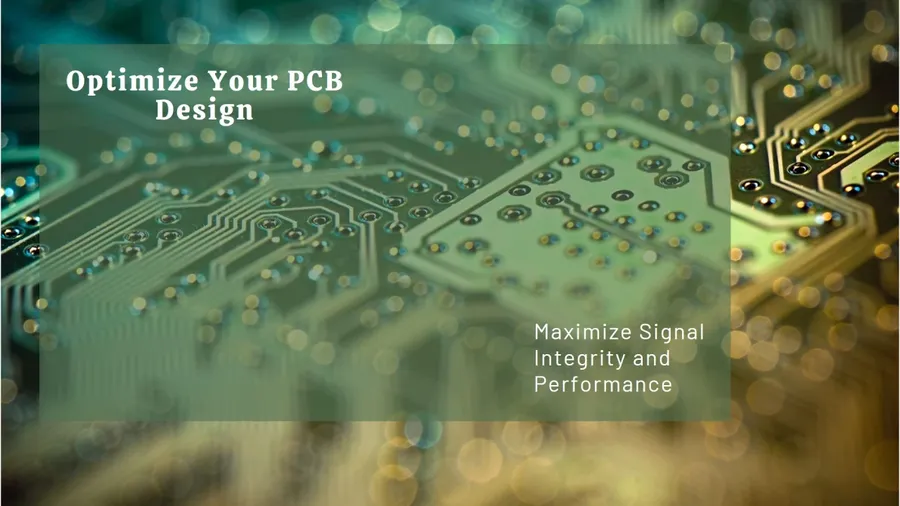
Optimizing your SMT assembly quote involves a multi-faceted approach, combining strategic design choices with a thorough understanding of the manufacturing process. By addressing component selection, PCB design, and process efficiency, you can significantly reduce costs without sacrificing quality or performance.
- Component Selection
Choosing readily available, standard components with a wide range of suppliers can drive down costs. Avoid exotic or hard-to-source parts which incur premium charges due to their scarcity and long lead times. - PCB Design Considerations
Streamline your PCB layout to minimize assembly complexity. Panelization can also be useful, where multiple boards are fabricated on a single panel to reduce the number of setups and optimize material usage, especially for smaller PCBs. Consider also the use of fiducials and ensure they are properly placed to aid in automated placement. - Design for Manufacturability (DFM)
Ensure that your design is optimized for SMT assembly. Adhere to industry-standard design rules and guidelines, such as component clearances and solder pad design, to avoid rework during assembly. DFM considerations not only reduce assembly time, they also avoid expensive re-spins and delays. - Process Optimization
Engaging with your manufacturer early to understand their specific capabilities and recommending preferred assembly methods can result in significant time and cost savings. In the same vain, selecting the right layer stackup can help reduce overall PCB cost. Finally, ensure you select the appropriate surface finish for your needs, some surface finishes are more costly than others but may offer no significant performance advantage for your particular needs. - Batch Size Planning
Accurately forecast the quantities of boards you need to benefit from economies of scale. Ordering larger production runs can lower the per-unit cost, however you must balance this with inventory holding costs and the risks associated with holding too much stock if the forecast is inaccurate. - Panelization
If you're ordering multiple PCBs, consider having them panelized. Panelization is a process where multiple individual PCBs are fabricated on a larger single panel. This can greatly reduce the handling and processing costs of the PCBs and can be a huge factor in the cost optimization of your assembly.
The Future of SMT Assembly and Quote Trends
The SMT (Surface Mount Technology) assembly landscape is in constant evolution, driven by technological advancements and shifting market dynamics. Understanding these trends is crucial for businesses seeking to optimize their manufacturing processes and control costs. The future promises more efficient and cost-effective solutions, but it also requires manufacturers to stay informed and adapt proactively.
Key trends impacting SMT assembly and quotes include increasing automation, shifts in global supply chains, and the adoption of more advanced technologies. These factors collectively influence not only the cost of assembly but also the speed, quality, and flexibility of production processes.
- Increased Automation and Robotics
The integration of robotics and automated systems in SMT assembly is accelerating. Automated pick-and-place machines, solder paste dispensing systems, and automated optical inspection (AOI) contribute to improved efficiency, precision, and reduced labor costs. Future trends point towards more sophisticated AI-driven automation capable of self-optimization and error correction. - Advanced Component Technologies
The miniaturization of components and the rise of complex packages, such as BGAs and QFNs, require advanced assembly techniques and specialized equipment. New component technologies such as 0201 and 01005 size components are pushing the limits of current SMT assembly technologies and requiring higher precision manufacturing processes. - Supply Chain Diversification and Resilience
Geopolitical instability and trade uncertainties have highlighted the need for diversified and resilient supply chains. SMT assembly companies are focusing on developing multiple sourcing options for both components and materials to mitigate risks of disruption and maintain consistent production outputs. This can influence quote dynamics as manufacturers balance cost with reliability. - Real-time Monitoring and Data Analytics
The implementation of real-time monitoring systems and data analytics in SMT lines is gaining momentum. By tracking and analyzing process data, companies can optimize production parameters, identify potential defects, and improve overall efficiency. Such data-driven approaches also lead to more accurate cost estimations and more competitive quotes. - Eco-friendly Manufacturing Practices
There is increasing emphasis on sustainable and eco-friendly manufacturing processes. Manufacturers are adopting lead-free soldering, reducing energy consumption, and utilizing recycled materials to minimize the environmental footprint. These factors will also play a role in future SMT assembly and quoting processes.
Navigating SMT assembly quotes can seem daunting, but understanding the underlying factors and employing strategic planning, ensures that you get the most from your 'smt assembly quote'. From PCB design to component selection, every decision impacts the overall cost and quality. By being informed and proactive, you can optimize your manufacturing process and bring your electronic innovations to life with precision and financial efficiency.
 AnyPCBA
AnyPCBA